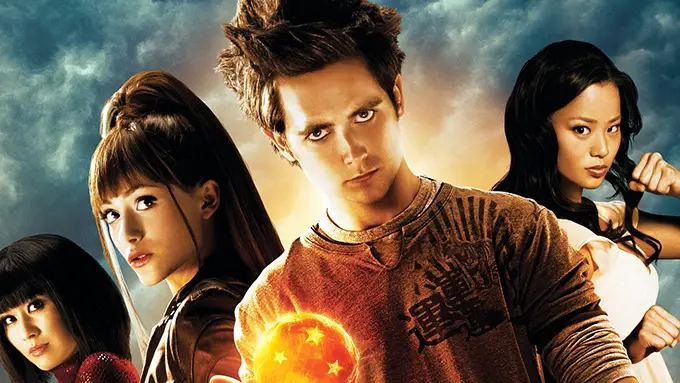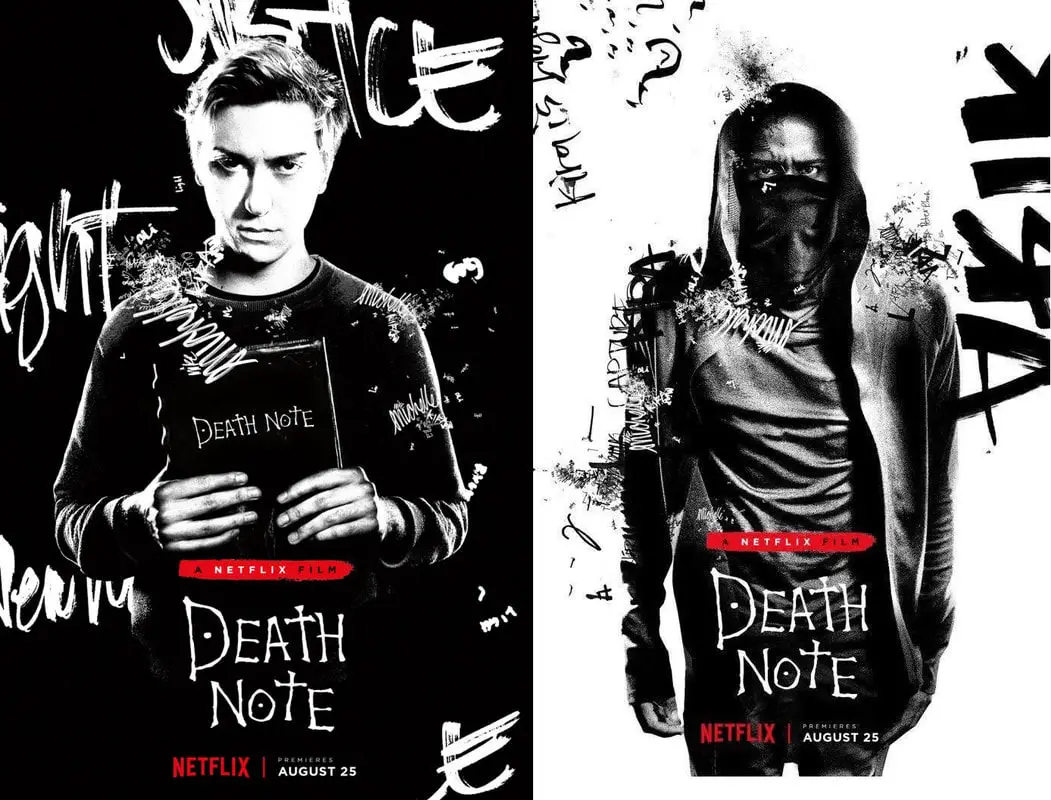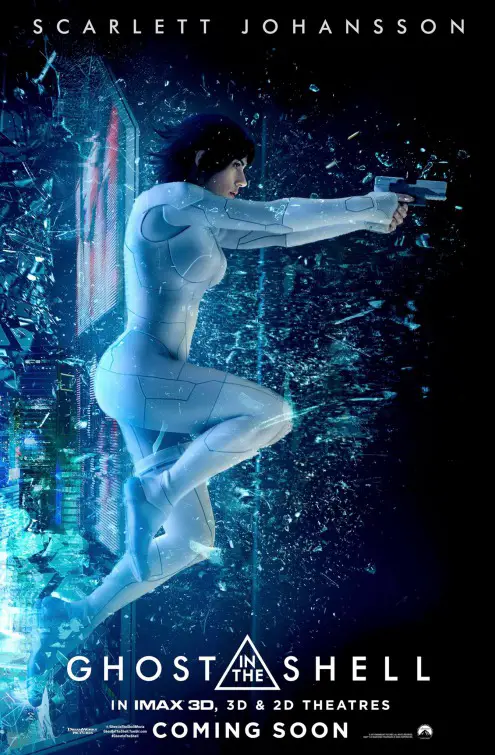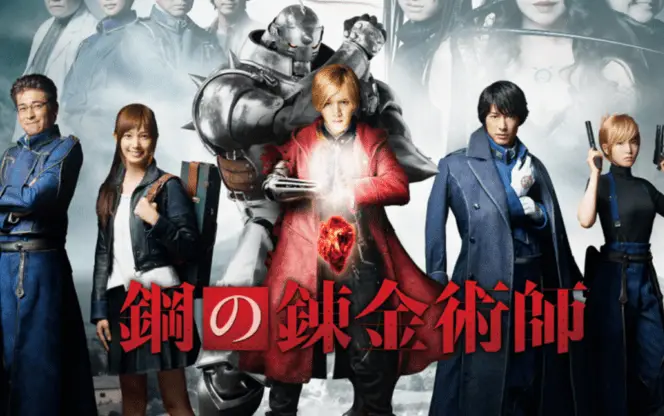The American entertainment industry often attempts to create live-action derivatives of iconic Japanese anime and manga. Some popular anime that Hollywood has experimented with on the big screen include “Dragonball Z,” “Ghost in the Shell,” “Death Note” and “Fullmetal Alchemist.”
The industry should be benefiting from adapting these films because of anime’s large global popularity.
However, Hollywood has not been successful in transforming manga or anime into live-action films with the same intense popularity. For people who are not aware of what manga or anime is, it can be compared, although not perfectly, to comic books and cartoons.
Often times, comic book or cartoon stories are developed into huge cinematic sensations, but developing “Americanized” versions of Japanese mediums seems to come with several challenges, both simple and complex, which leads to harsh criticism from its intended audience.
Condensing a show or series of multiple episodes into two hours is chaotic; sacrifices must be made in all aspects of the production.
Anime succeeds in awing audiences by creating fantastic worlds that have a clear distinction from reality, so production companies need to dedicate millions of dollars into CGI when considering bringing these worlds into live-action films.

Unfortunately, American producers have limited budgets to work with when adapting Japanese animations to the “real world.” Creating a good “Dragonball Z” film into a live-action movie isn’t the same as translating the “Black Panther” comics into a blockbuster film.
Creators of anime don’t have the huge resources a company like Disney has to pay for superhero-level special effects.
Film adaptations of anime seem to then always fall short when lacking the financial resources to make them look as rich and vibrant as they do in animation. Each live-action anime film is an experimental project that is currently going through trial and error phases.

It’s hard to cover up a bad story with cool visual effects and the time limit of films hinder stories that are usually expanded over an entire series – an obstacle that is tough to overcome when adapting anime. Anime such as “Death Note” and “Fullmetal Alchemist” have stories that deal with heavy philosophical concepts.
In “Death Note,” the main character, Light, develops a messiah complex and the show raises a grim question: should humans play god and decide who gets to live or die?
Netflix is the American company that distributes the most live-action anime films. “Death Note,” a recent project of the company, didn’t end up reaching the level of complexities that the anime achieves. The surplus of gory deaths certainly didn’t make up for the lack of storyline — “Death Note” just didn’t make the cut for even a decent-level adaption.
The newest film adapted, “Fullmetal Alchemist,” has philosophical themes of its own; the two main characters in the anime, the Elric brothers, seek to understand what makes humans so special if they are simply made up of elements that can be found anywhere in the world.
The anime battles with questions like, do humans even have souls? However, the live-action version from Netflix lacked in raising this question the same way it was portrayed in the anime. Limiting already powerful storylines and concepts to 120 minutes of screen time easily waters down the core meanings of each anime.
Bringing anime into the U.S. market means that there’s an opportunity to seek fresh, “Americanized” versions of popular titles, but that’s not what viewers want. Subjecting Japanese animations to being “Americanzied” doesn’t do the art form any justice and loyalist fans want what’s already in the manga and anime stories.
It’s similar to comic books: The closer a superhero film follows the comic book, the better the live-action is received in theaters. Films closer to the source material will, in turn, make production companies and distributors more money.
Most anime fans are used to watching episodes in Japanese with English subtitles and every anime junkie knows that the subtitled version is always better than versions dubbed into English. It only makes sense, then, to keep anime in Japanese and allow viewers to watch live-action versions the same way they are used to watching the animated versions.
Unlike earlier anime adaptions, Netflix correctly chose to provide subtitles for the “Fullmetal Alchemist” movie.
The “Americanizing” of live-action adaptions also raises another issue — Hollywood often tries to soften cultural barriers by setting many films in the West or by using western actors, but by doing this, they are erasing opportunities for Japanese actors and the Japanese culture itself from narratives.

Hollywood is notorious for whitewashing Japanese stories. “Ghost in the Shell,” one of the most recent culprits, starred actress Scarlett Johansson; she’s a great actress who is capable of delivering every role she is given, but Hollywood cast the film incorrectly.
An Asian-American actress, from the culture actually being portrayed on the screen, should have been given the role. Hollywood should take these adaption opportunities to create diverse casts that can more accurately fit with the source story.
Whitewashing isn’t just limited to the roles of the actors and actresses, either; it exists in the set as well. In “Ghost in the Shell,” the fictional world of the film reduces Japanese culture to mere decorations: the robotic geishas, cultural garbs worn by white actors and an augmented reality goldfish.
Strip those details and CGI effects away, and the setting is a bare-bones industrial city and not a futuristic Japan like the manga intended it to be. The film adaptation even goes as far as to strip the main character of her name, Motoko Kusanagi, and replaces it with Mira Killian, which in both the first name and surname have European origins.
At its core, one of the main reasons anime has such a hard time succeeding as live-action films is because of expectation versus reality.
Think about the most popular anime main characters: Goku, from “Dragonball Z,” is part of a human-like alien race who can power up to infinite levels and loves to fight. He gets stronger after every battle and goes through several transformations to save Earth from destruction.
Luffy, from the anime “One Piece,” has a body of rubber and is a teenage kid who wants to become the king of all pirates. Naruto, from “Naruto,” is a ninja who wants to become the Hokage, the leader of his village. All of these characters have huge legacies that can’t possibly be emulated in a film, especially in an “Americanized” version.
Even with all of these pitfalls and barriers, the future could still hold breakthroughs for anime in the American film industry.
Warner Brothers is producing and will release a live-action version of popular anime “Bleach” later this year. It will have Japanese actors and will remain in the Japanese language.
Film adaptations of anime, though, are still in the trial phase and only time will tell how good they can become.

















